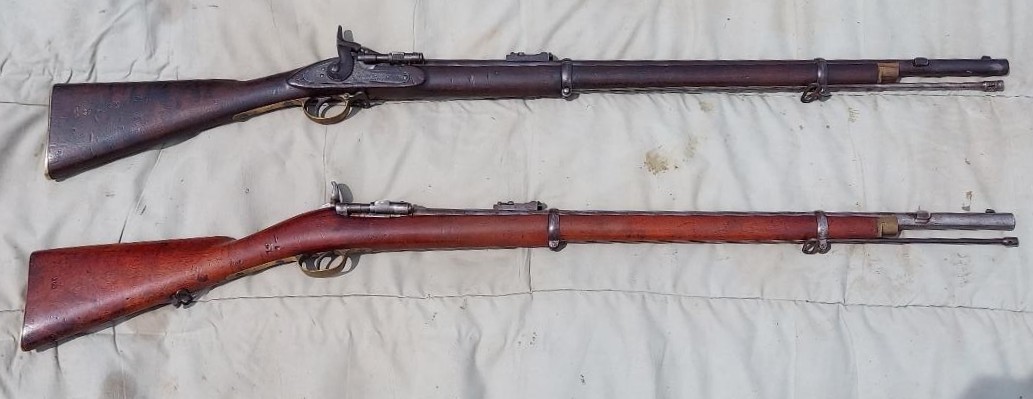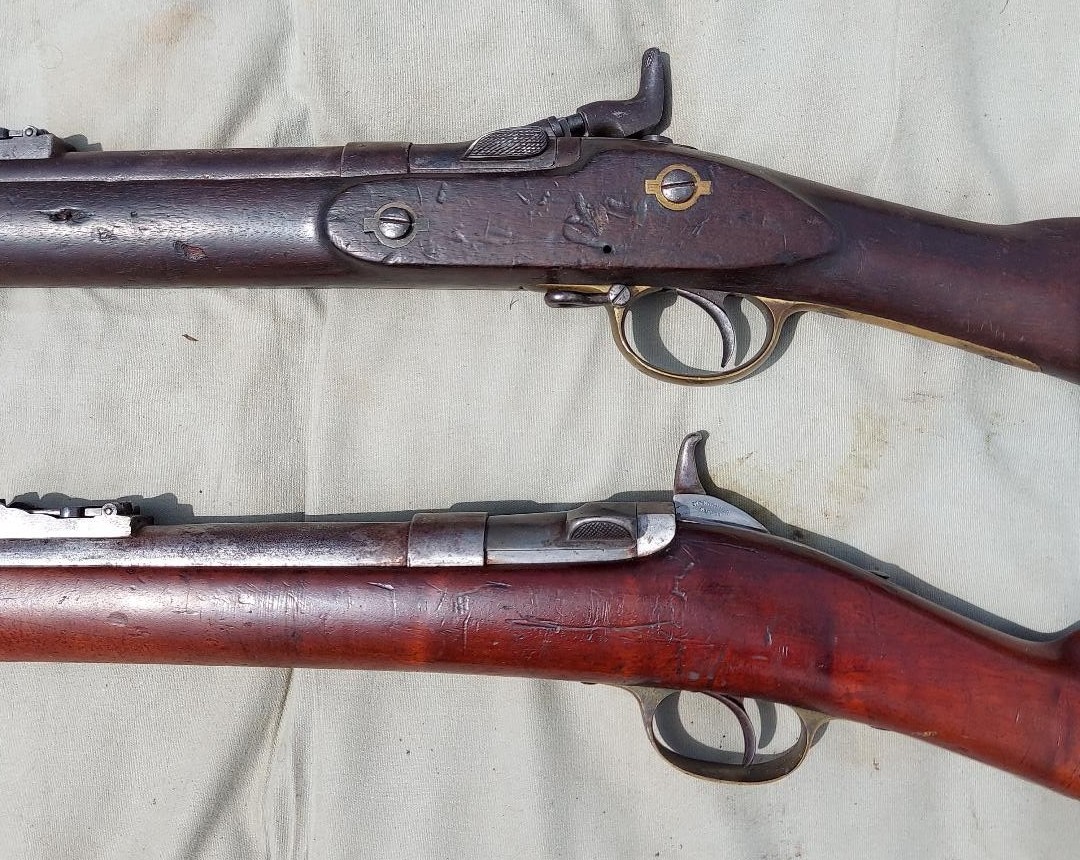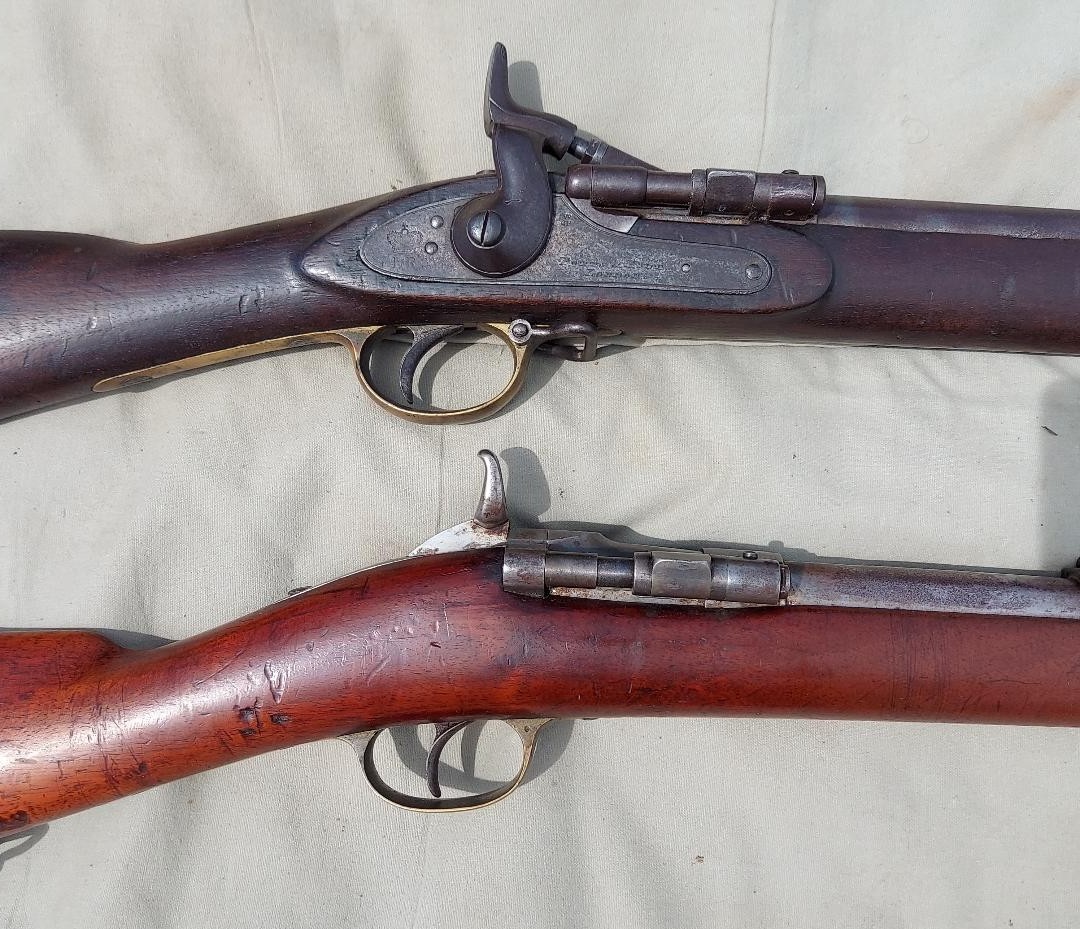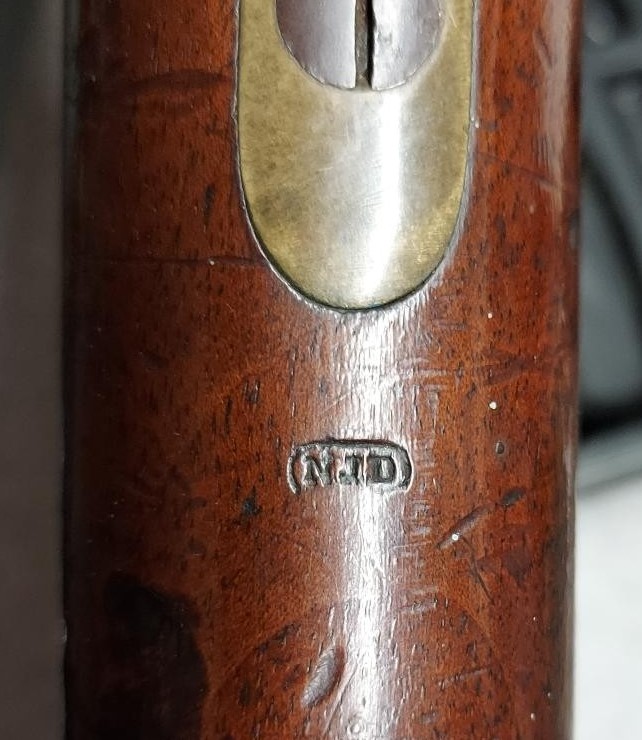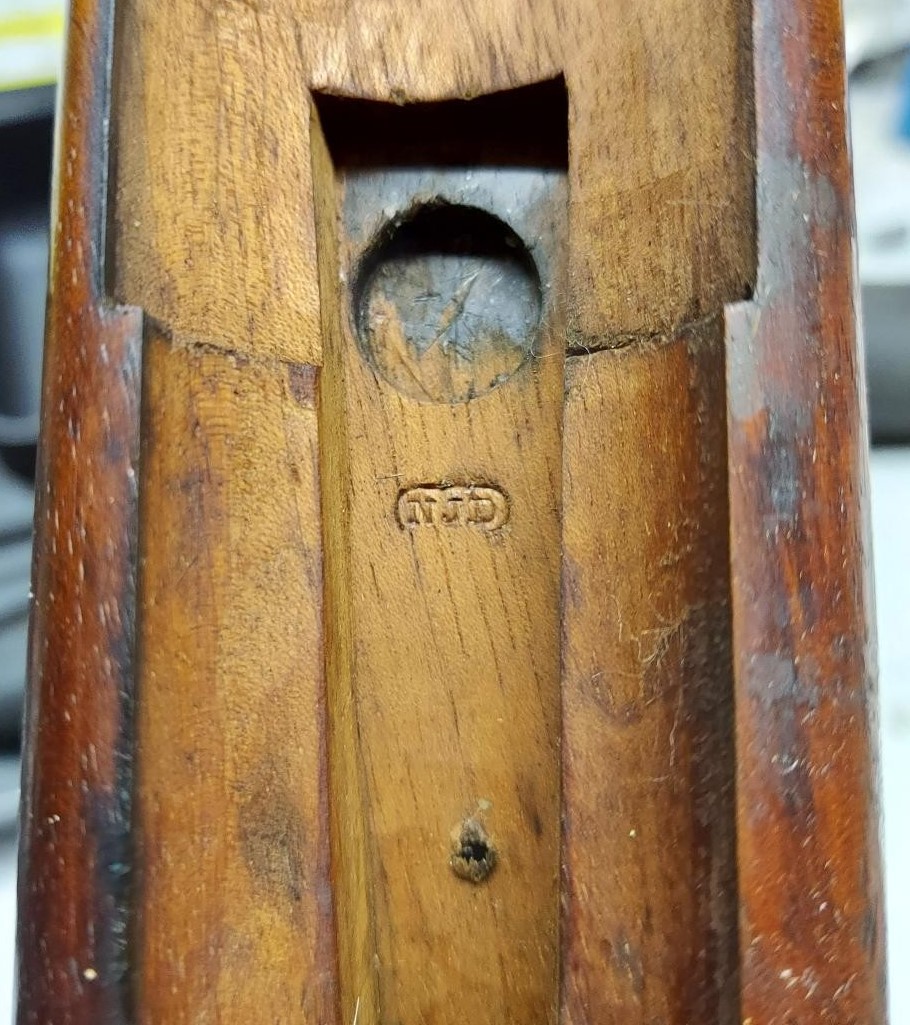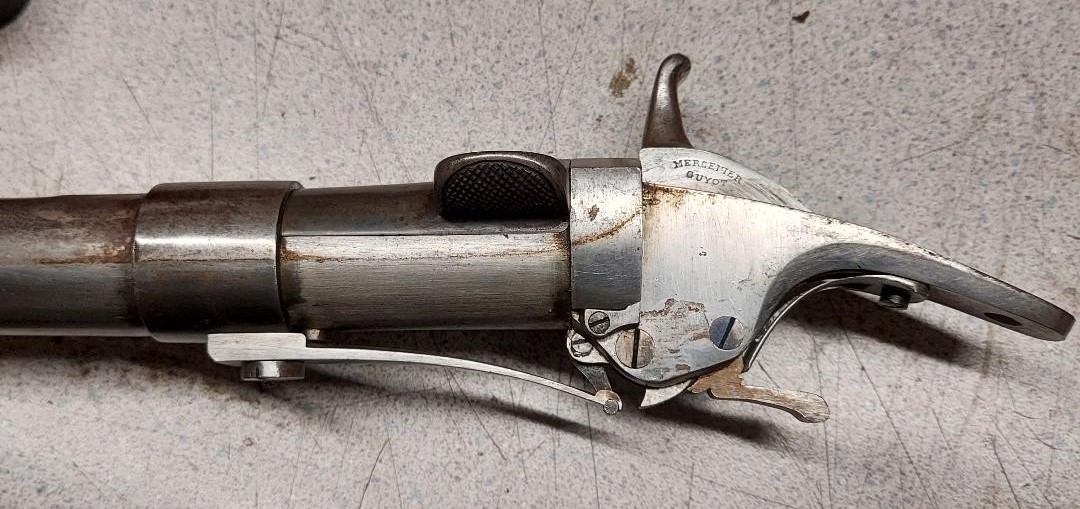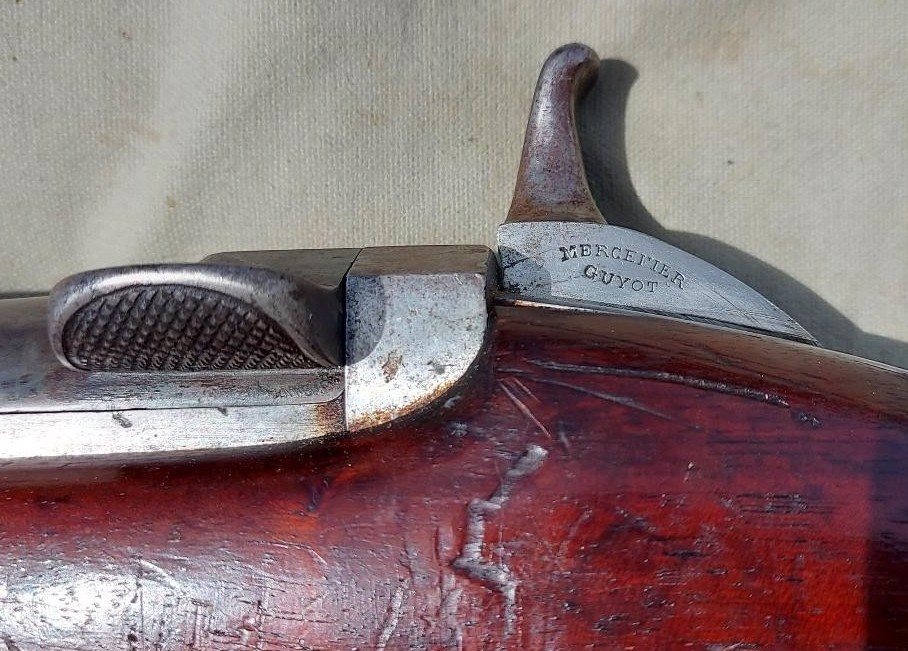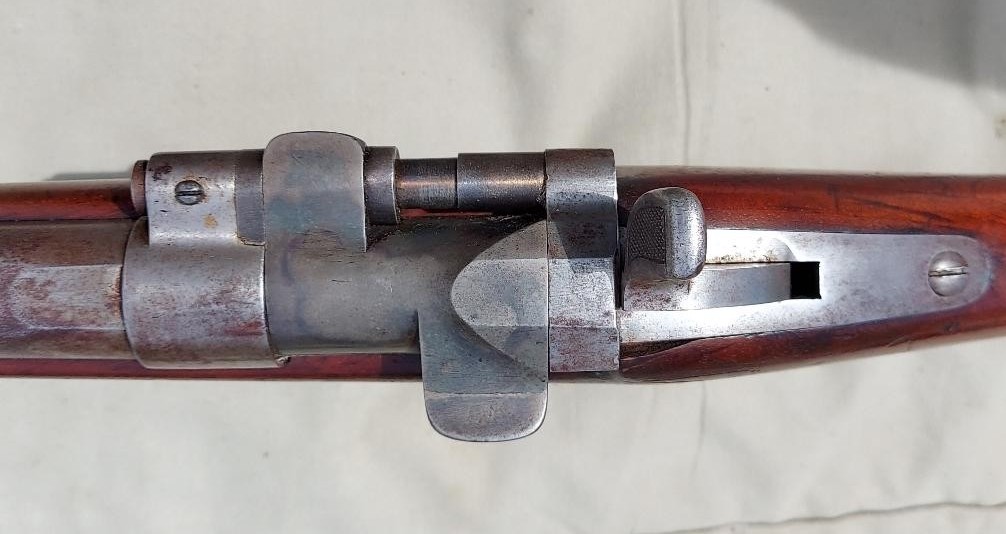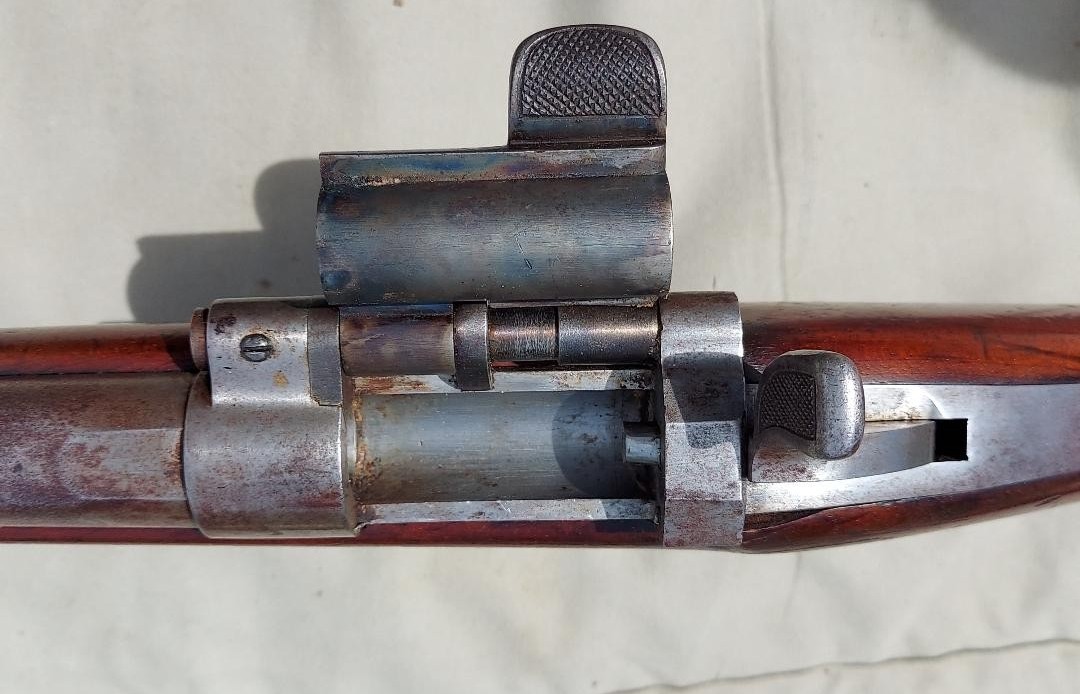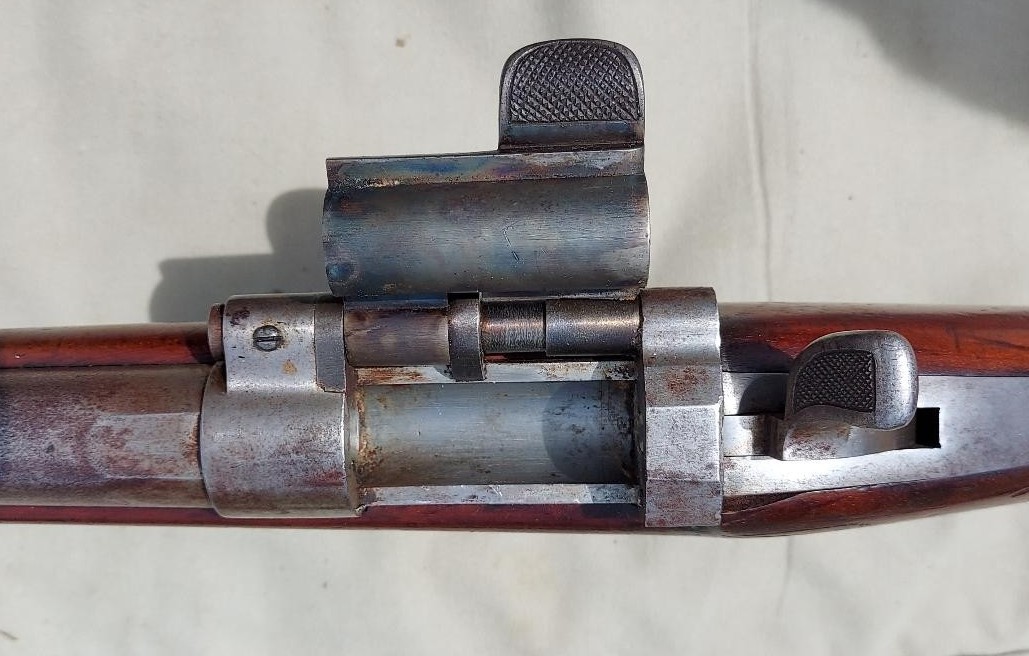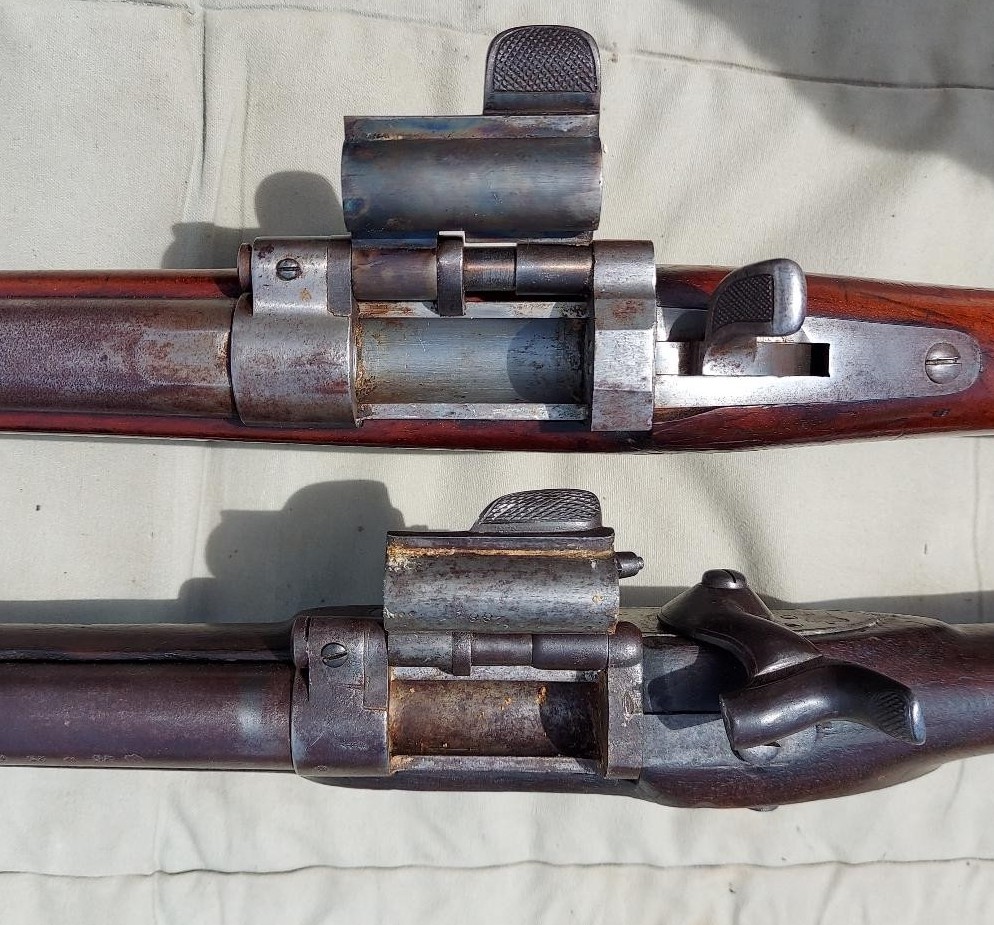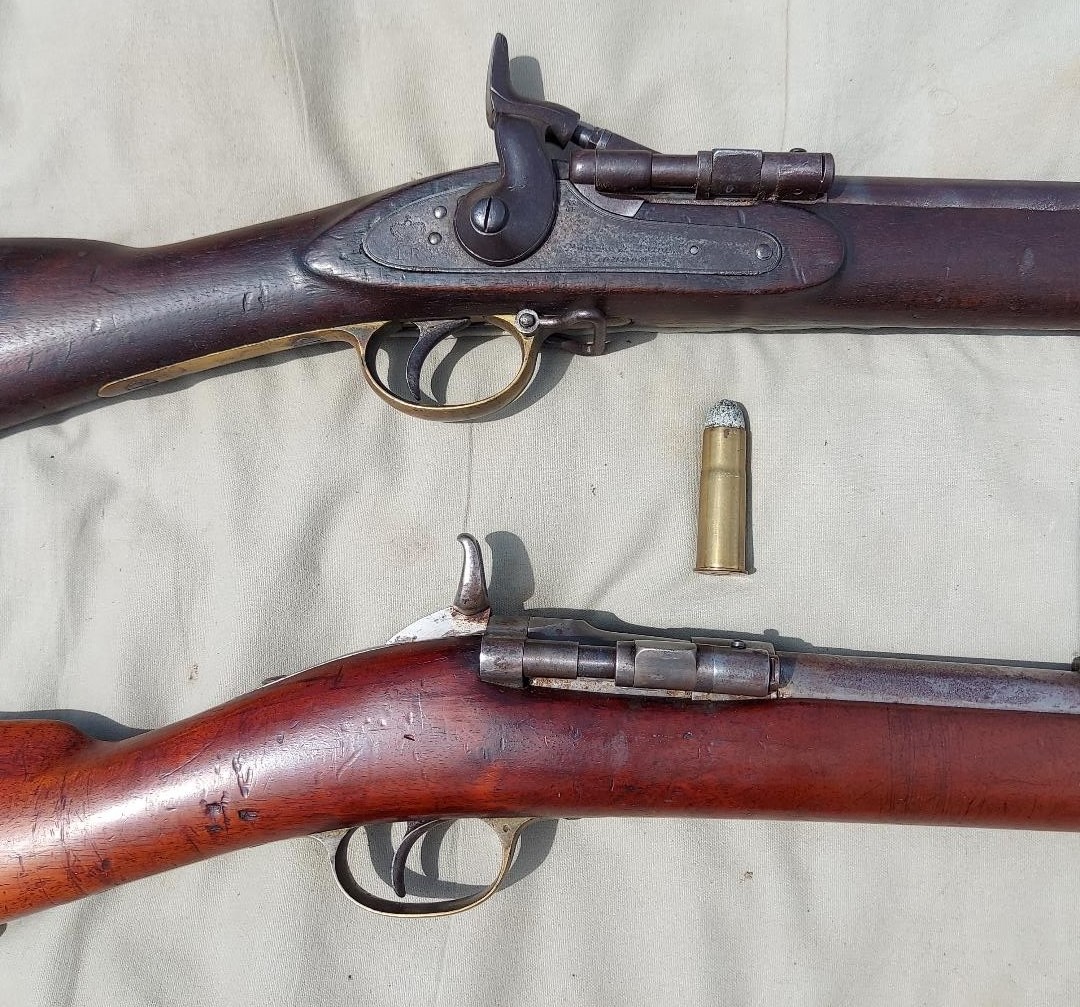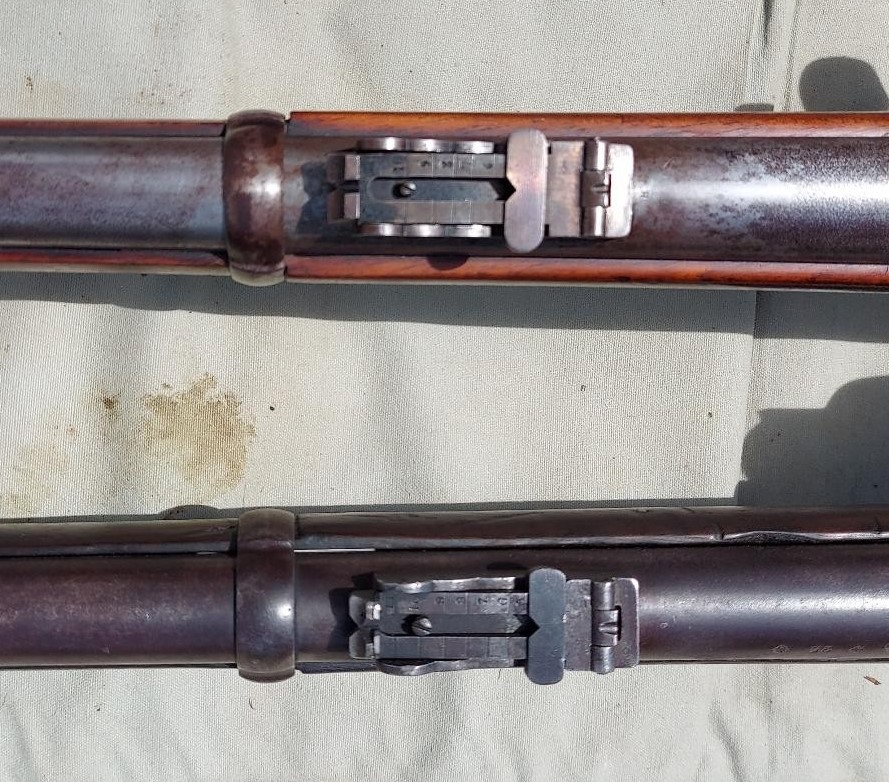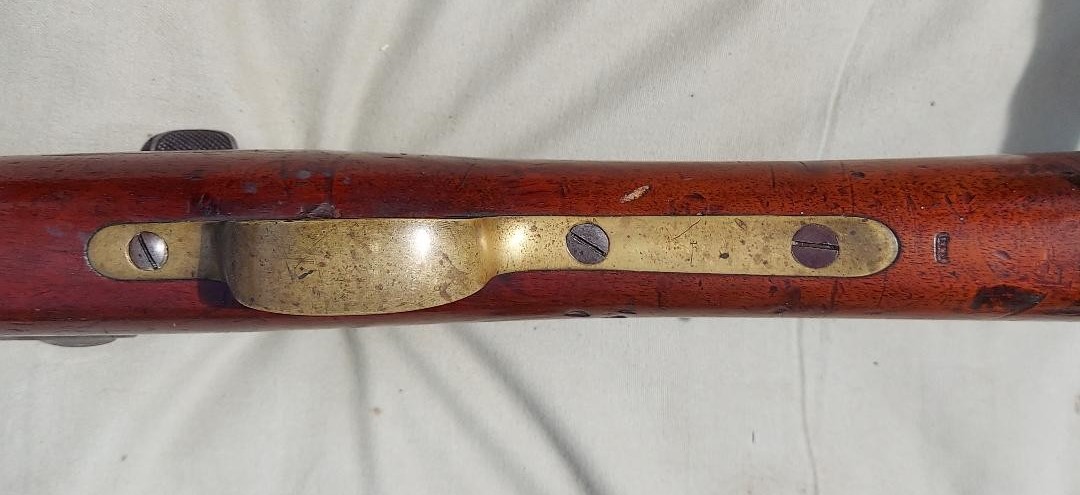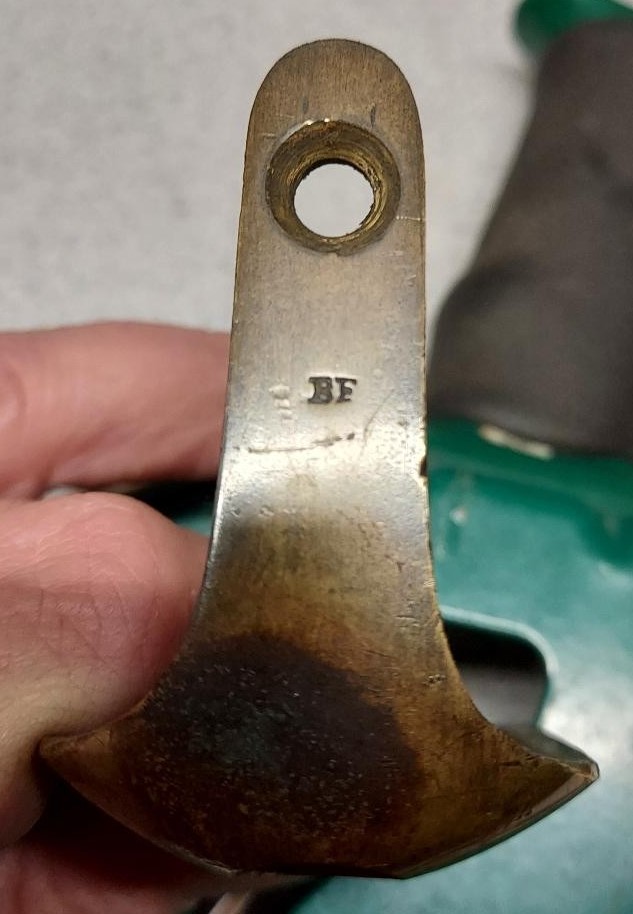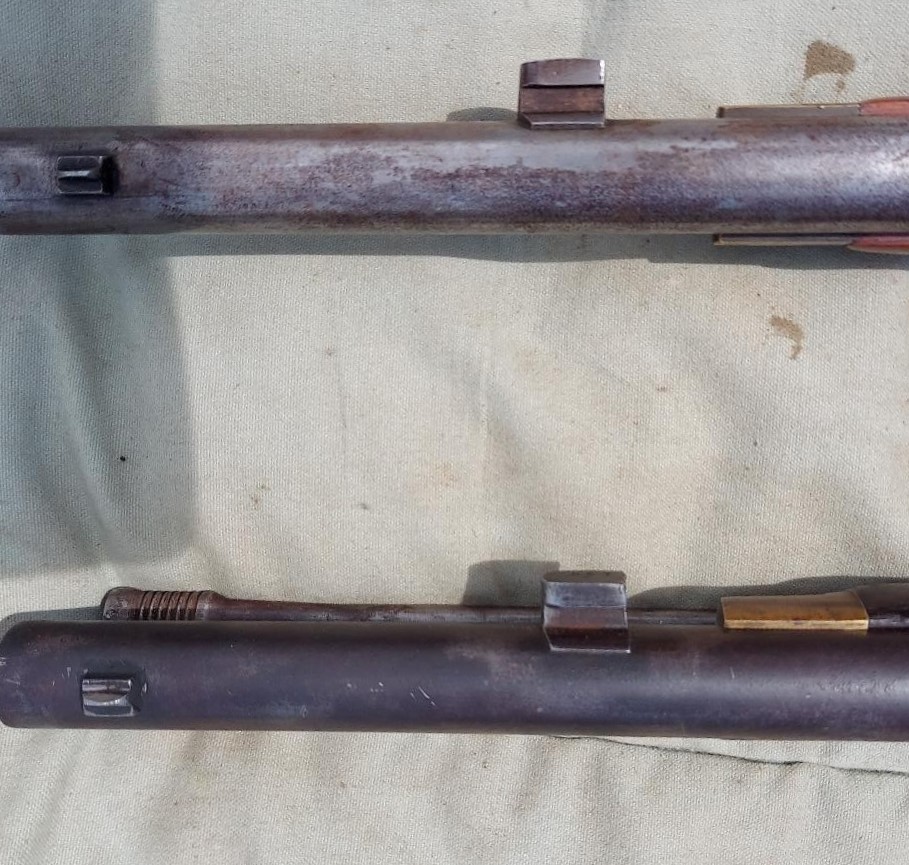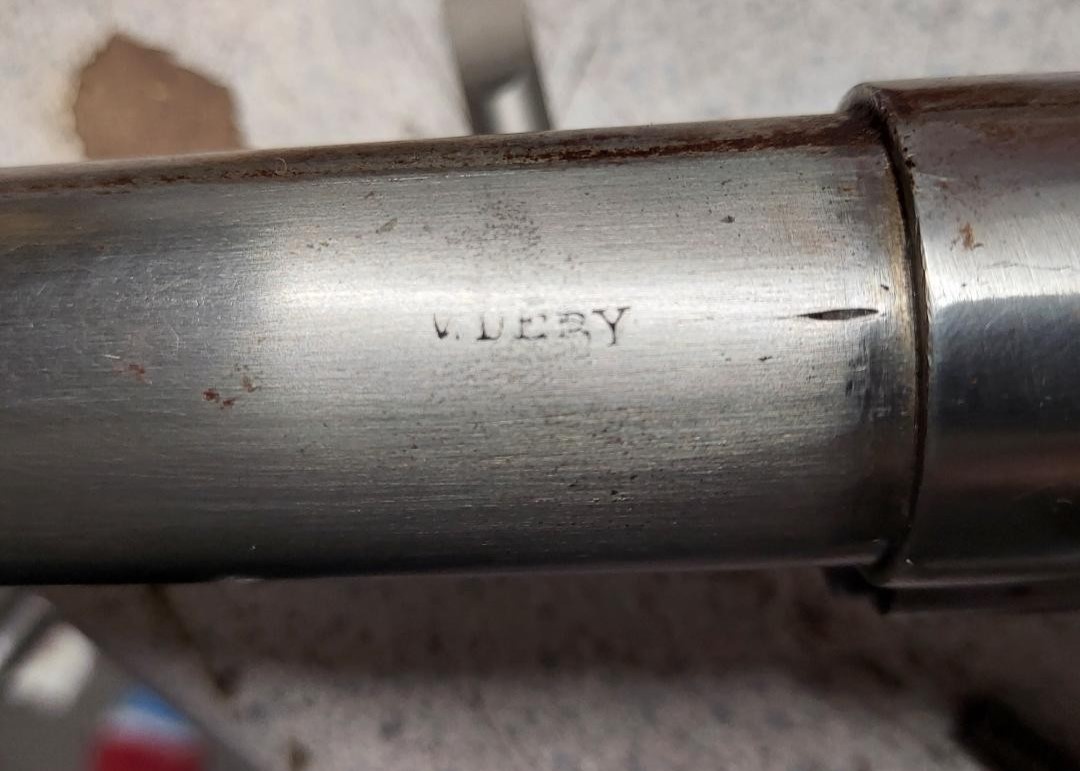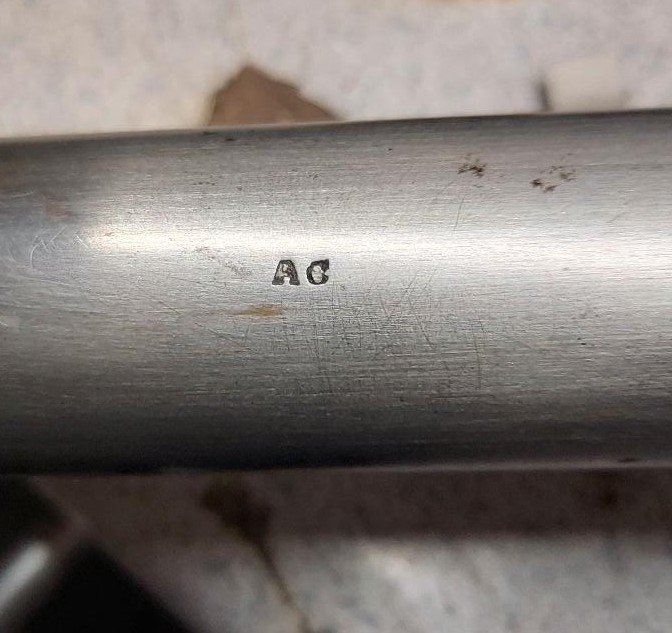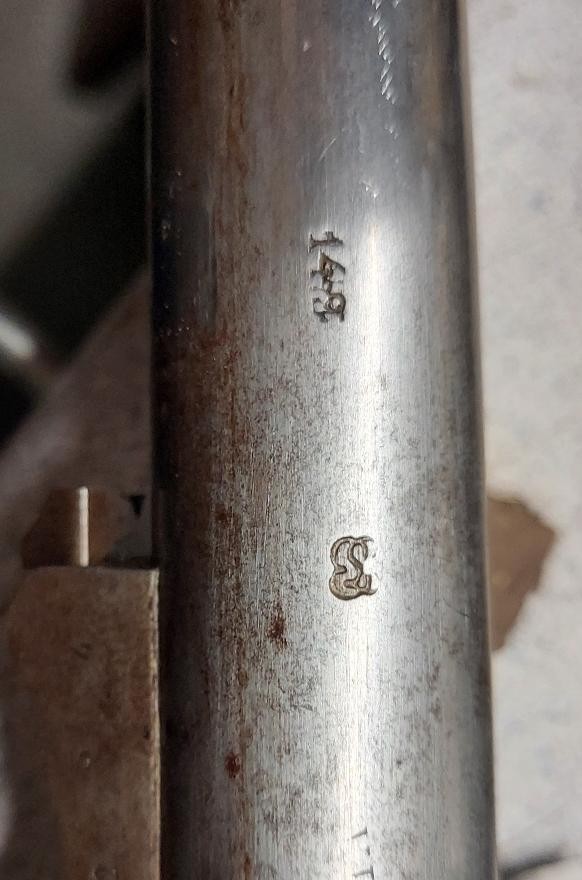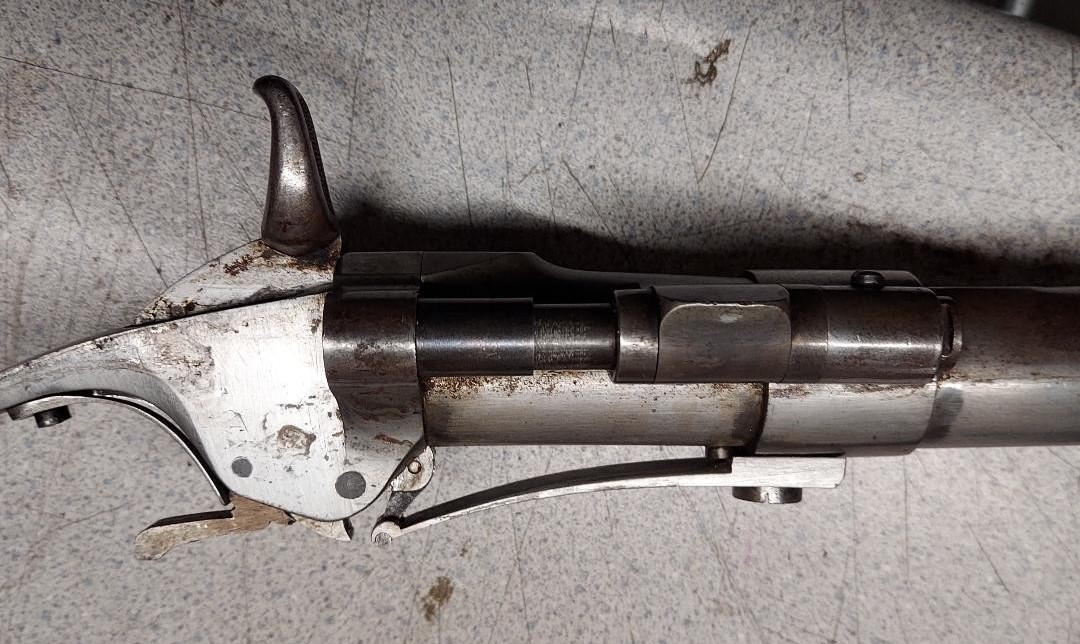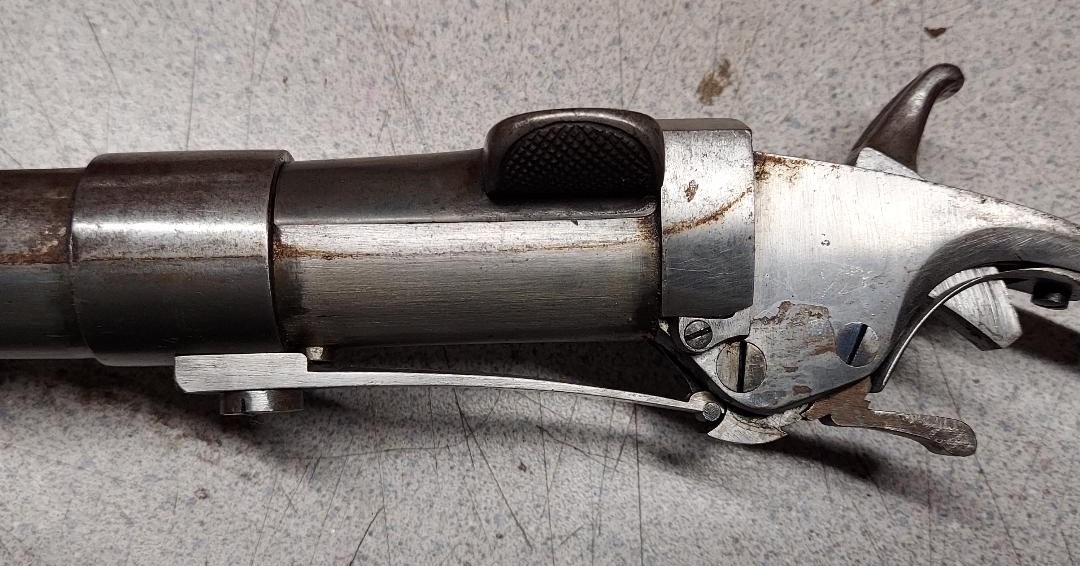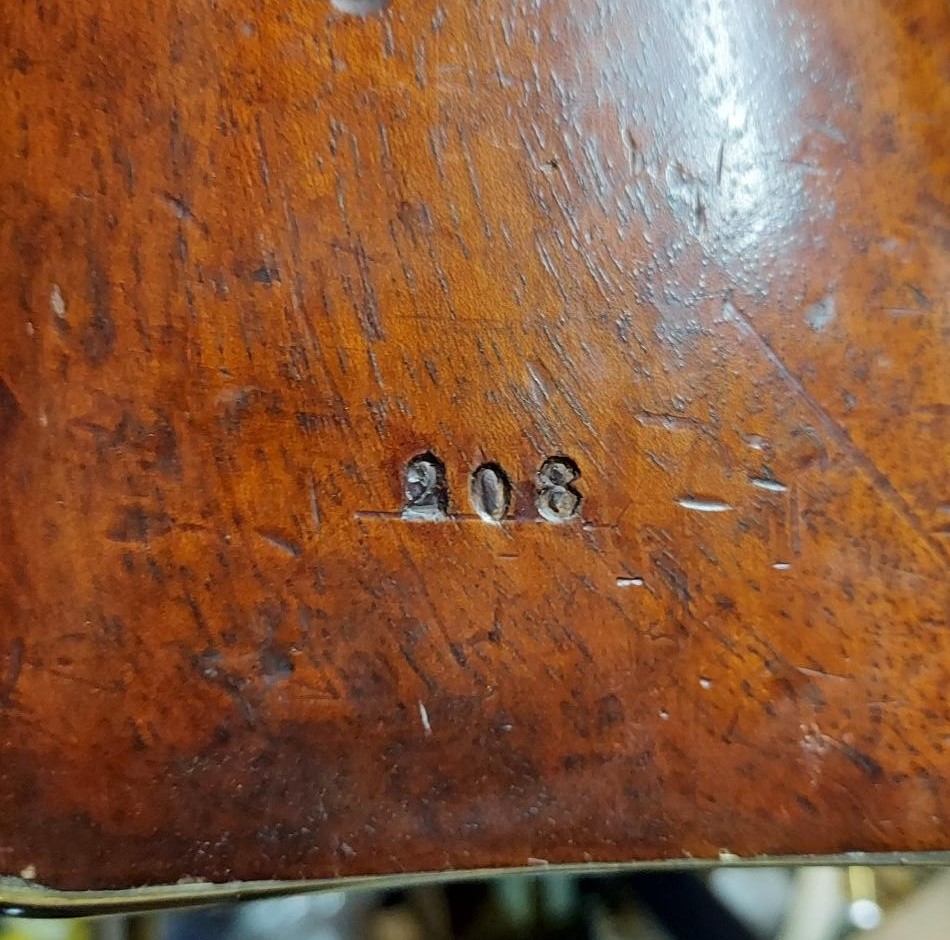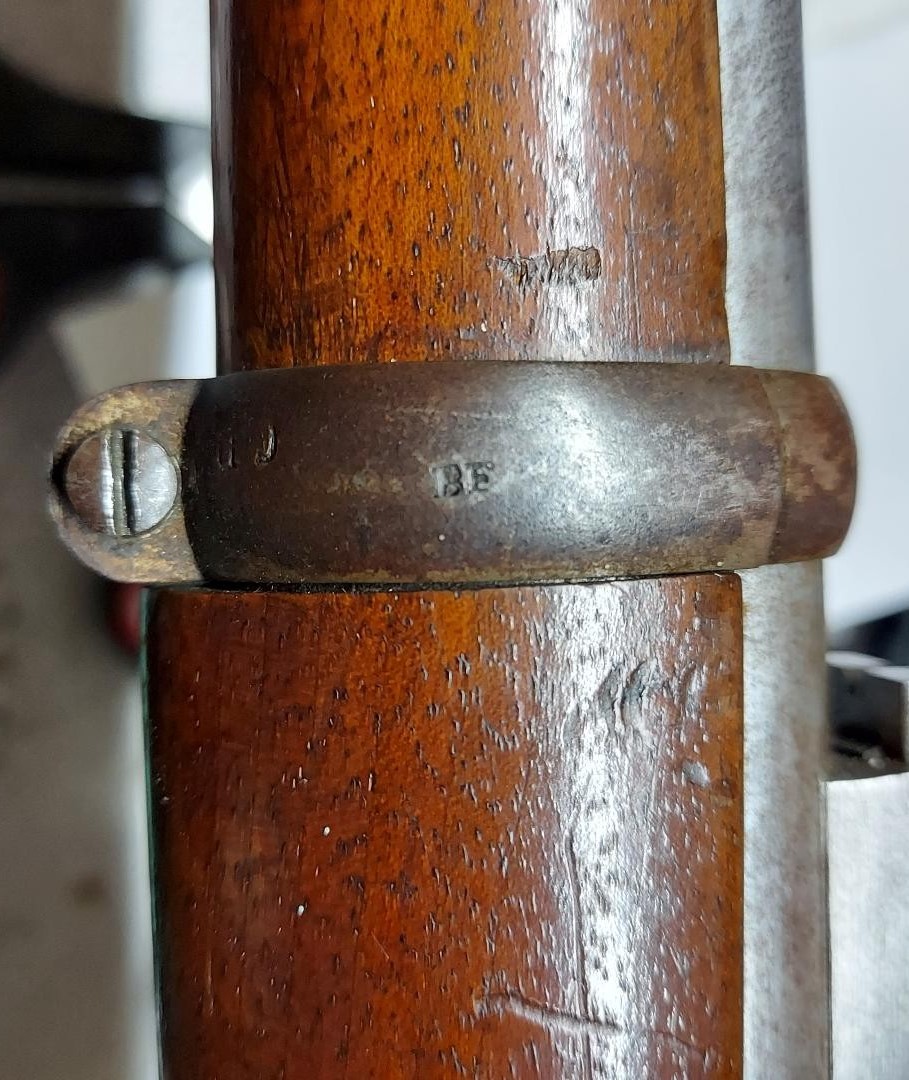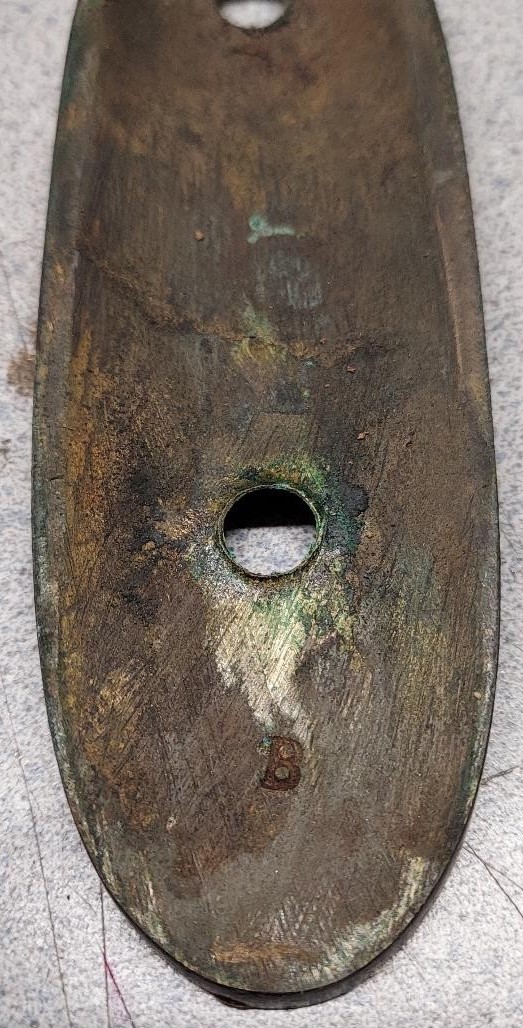Les plus belles réalisations de cet artisan, et bien d’autres encore, se trouvent dans le livre "Les armuriers Liégeois à travers leurs réalisation. 1800 - 1950".
Pour tous les détails voir : LES ARMURIERS LIEGEOIS
DESSARD - MERCENIER - GUYOT
Here are two snuffbox rifles, the top one bearing British markings and the bottom one Belgian markings. These rifles were obtained by converting a standard-issue weapon (Enfield, BSA?) according to the Snider system.
History of this system, according to the source: https://pop.culture.gouv.fr/notice/palissy/IM40004069:
"Although the Enfield Model 1853 percussion rifle of Queen Victoria's armies had proven its reliability, the Crimean War demonstrated the weakness of muzzle-loading weapons, particularly in terms of volume of fire. The British then experimented with several devices to convert the Enfield rifle into a breech-loading weapon. The system patented by the American Jacob Snider (1811-1866), which increased the rate of fire fivefold, was finally adopted in 1866, giving rise to the Enfield-Snider 1853/66 .577 caliber rifle." Snider's inexpensive conversion involved cutting five centimeters off the barrel at the breech and then milling a chamber into which a block closed by a movable breech bearing the firing pin was screwed. The lock remained intact, while the hammer was slightly off-center.
Top rifle:
A beautiful British crown can be seen surmounting capital letters (the expected VR for Victoria Regina is not recognized, but rather ER for Edward Rex, or Edward VII, King of the United Kingdom from 1901 to 1910) behind the hammer, as well as an address ending in London in front of the hammer. However, it is curious that the crown is the model reserved for queens and not the one intended for kings... This, along with the Sniders' production date well before Edward's accession to the throne, suggests an ER marking over VR.
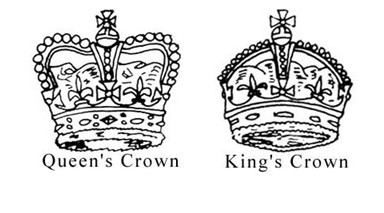
For more details on British markings, see this excellent study:
The first lines of the address are illegible in the provided photos. Without an additional image showing the markings, we can assume that this may be a modified Enfield Snider rifle.
Bottom rifle:
This one is clearly of Liège origin, based on its markings. It was probably made from a standard-issue weapon that was difficult to identify after the modifications (new wood). Markings on the wood:
NJR: probably marking of the craftsman Nicolas Joseph Dessard.
Number 208: serial number or assembly indication?
Markings on the metal parts:
BF or BE (?), B, unidentified.
V. Dery, AC, unidentified.
14.9 on the barrel, apparently an overmark that probably corresponds to the caliber. Remember that Sniders rifles were chambered in .577 caliber, which corresponds to 14.42 mm.
EL in cursive capitals: provisional proof since 1853 (rifle barrels). The centralized hammer bears a Mercenier Guyot signature, which can be found on various revolvers and here:
Is this a temporary partnership between these two Liège craftsmen?
This rifle therefore appears to be an unusual assembly composed by several Liège
gunsmiths (Dessard, Mercenier, and Guyot), based on the Snider system. It was
probably built between 1866 and the end of the 19th century.
Anecdote:
On July 19, 1870, the Franco-Prussian War broke out.
On September 1, 1870, at the Battle of Sedan, Emperor Napoleon III was captured,
leading to the fall of the Second Empire. On September 4, in Paris, a Republican
Government known as "National Defense" was established and decided to continue
the war and drive out the Prussians. France lacked weapons to equip its Mobile
Battalions for "la levée en masse," and it was decided to purchase everything
available abroad on a massive scale. Among the excellent imported weapons,
several thousand Enfield Snider rifles, both long and short, were purchased from
England.
Chris, HPH, GP
